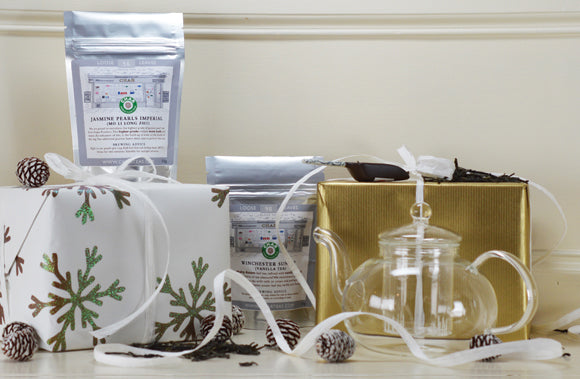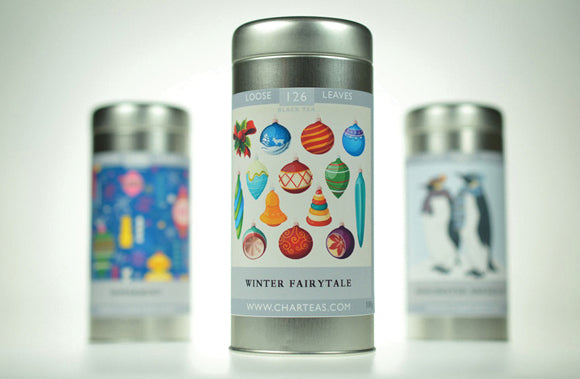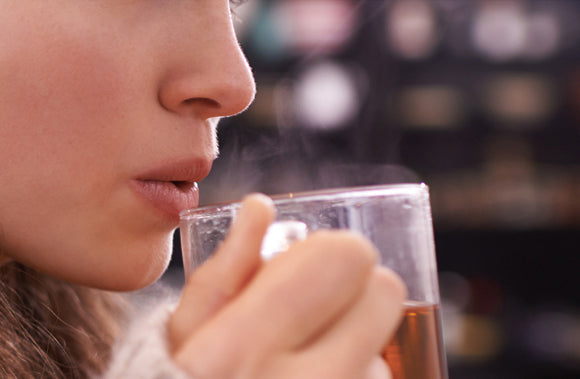
The Art of Tea Production from Leaf to Cup
Tea production is a meticulous process that involves a series of steps to transform raw, plucked leaves into the aromatic brew we enjoy. From the rolling of leaves to the delicate art of sencha, tea leaves go through a lot before they become the comforting brew we know and love.
Rolling: Shaping the Leaves
The first crucial step in tea production is referred to as rolling. As the name suggests, this process involves flattening and shaping the leaves in a rolling motion which helps release the tea's natural flavours and aromas. There are several rolling methods used across the globe:
- Hand-rolling: A traditional method that involves rolling the leaves by hand, often used for high-quality teas such as our Silver Needle and Jasmine Silver Needle.
- Machine rolling: A more efficient method using specialised machines to roll the leaves.
- Orthopaedic rolling: A unique method used for certain types of green tea, where the leaves are twisted into tight, needle-like shapes. Think of Green Monkey.
Oxidation: The Colour and Flavour
Oxidation is the process of exposing the rolled leaves to air, allowing them to react with the oxygen. This crucial process determines the colour, flavour, and aroma of the tea - the tea 'types' that we broadly categorise by. The level of oxidation varies depending on the type of tea being produced:
- Green tea: Minimal oxidation, resulting in a bright green colour and a fresh flavour.
- Oolong tea: Partially oxidised, offering a balance of green and black tea characteristics.
- Black tea: Fully oxidised, producing a dark brown colour and a robust, full-bodied flavour.
Drying is the final step in tea production, where the oxidised leaves are heated to remove moisture. This process helps preserve the tea's flavour and aroma. Drying methods can vary, but common techniques include:
- Pan-firing: The leaves are heated in a large pan, often used for high-quality green teas.
- Oven drying: The leaves are dried in a heated oven, a common method for black teas.
- Sun drying: The leaves are spread out in the sun to dry, a traditional method used in some regions.
A Note on Sencha: A Japanese Masterpiece
Sencha is a popular type of green tea from Japan, known for its delicate flavour and bright green colour. It is produced using a unique method that involves steaming the leaves to prevent oxidation (This is where we get the name sen=steam + cha=tea). After steaming, the leaves are rolled and dried, resulting in a high-quality tea with a smooth, slightly sweet taste. Try our range of sencha teas to find out why this method has resulted in one of the most popular green teas in the UK today.
While tea production methods may vary across different regions, whether you prefer a strong black tea or a light green tea, the art of tea production ensures that each cup offers a unique and enjoyable experience. So, the next time you raise your cup, take a moment to appreciate the craftsmanship and dedication that goes into producing your favourite brew.

 Assam
Assam
 Black
Black
 Breakfast
Breakfast
 Caffeine Free
Caffeine Free
 Ceylon
Ceylon
 Cold Brew
Cold Brew
 Darjeeling
Darjeeling
 Decaffeinated
Decaffeinated
 Earl Grey
Earl Grey
 Favourites
Favourites
 Flavoured
Flavoured
 Flowering
Flowering
 Fruit
Fruit
 Green
Green
 Herbal
Herbal
 Jasmine
Jasmine
 Mate
Mate
 Oolong
Oolong
 Organic
Organic
 Pu Erh
Pu Erh
 Rooibos
Rooibos
 Scented
Scented
 Smoked
Smoked
 Sparkling
Sparkling
 White
White
 Winchester
Winchester
 Loose Tea
Loose Tea
 Tea Bags
Tea Bags
 Gift Caddies
Gift Caddies
 Teapots
Teapots
 Accessories
Accessories
 Tea Tins
Tea Tins
 Storage
Storage


